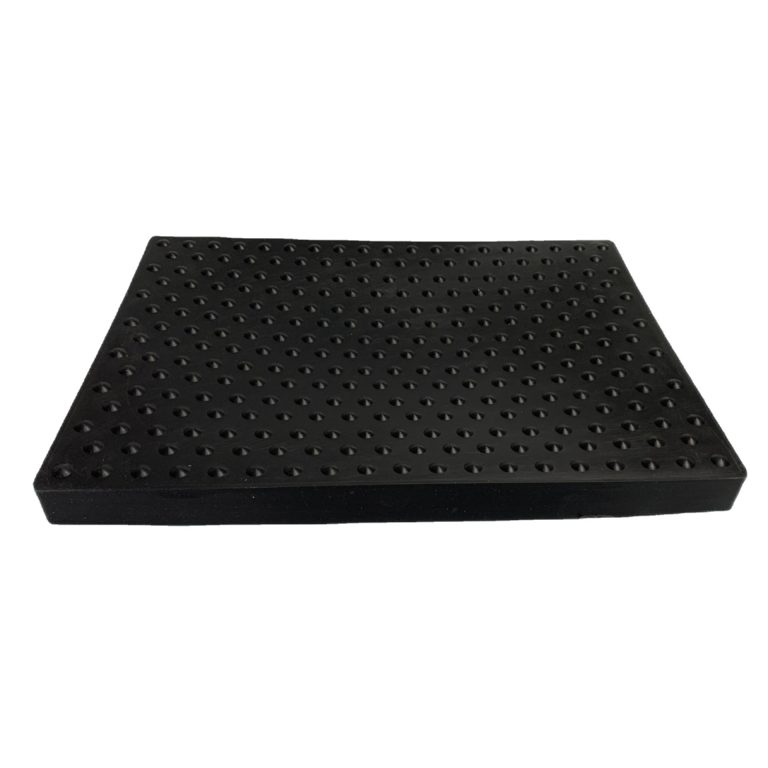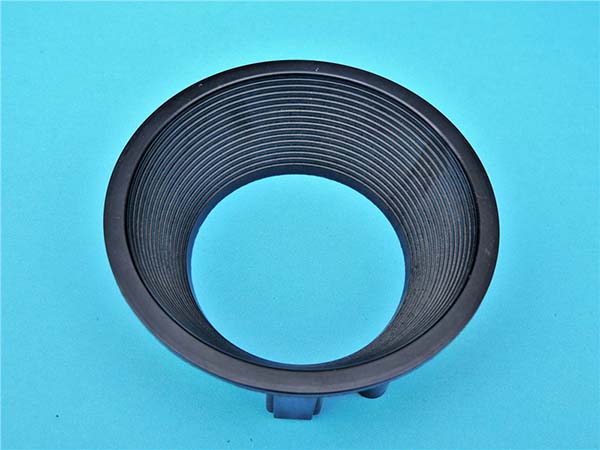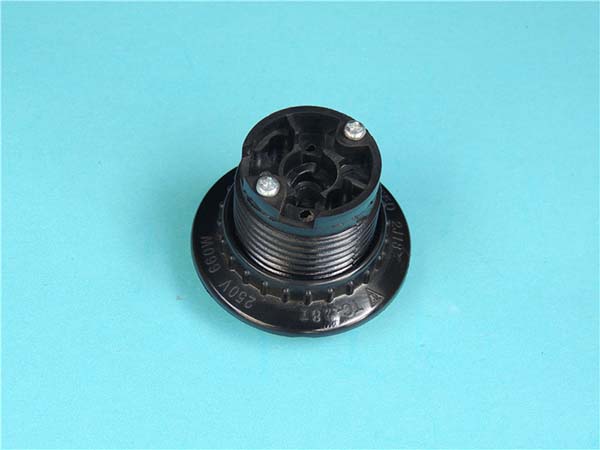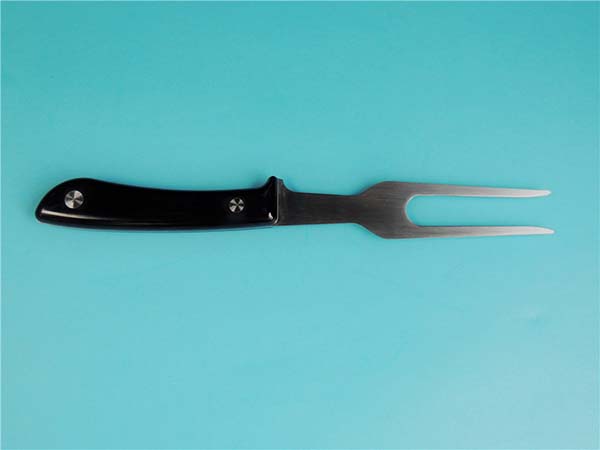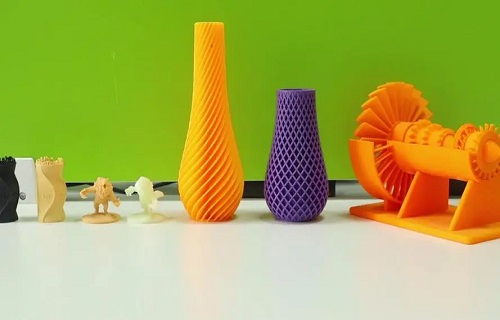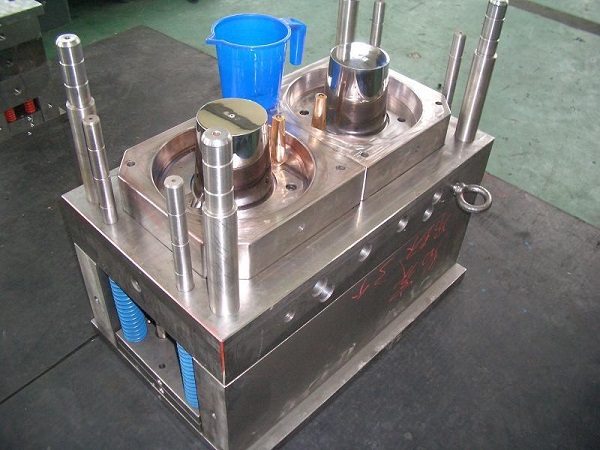Introduction to Outsourcing 3D Printing
Definition and Overview
Outsourcing 3D printing refers to the practice of delegating 3D printing tasks to external service providers instead of handling them in-house. This strategic approach enables businesses to access cutting-edge technologies, specialized expertise, and scalable production capabilities without the significant capital investment in 3D printing equipment or the need for extensive training. By outsourcing, companies can focus on their core competencies while benefiting from the flexibility, speed, and efficiency offered by professional 3D printing services.
Benefits of Outsourcing
Outsourcing 3D printing offers several key advantages for businesses:
- Cost Savings: Businesses can avoid high upfront investments in 3D printing machines, maintenance, and training costs.
- Access to Advanced Technology: Outsourcing allows companies to take advantage of state-of-the-art equipment and materials that may be too expensive or complex to implement in-house.
- Scalability: Outsourcing offers flexibility to scale production up or down based on demand without the limitations of owning and maintaining expensive machinery.
- Speed to Market: External providers often have streamlined, efficient processes, leading to faster production and quicker turnaround times.
- Expertise and Experience: Outsourcing gives businesses access to specialized knowledge and experience in 3D printing, ensuring high-quality results.
- Focus on Core Business: Companies can concentrate on their strategic goals, innovation, and operations while relying on experts to manage the 3D printing process.
Selecting a 3D Printing Service Provider
Criteria for Selection
Choosing the right 3D printing service provider is essential to ensuring that your project is completed on time, within budget, and to the highest quality standards. Consider these criteria:
- Experience and Reputation: Look for providers with a strong track record in your industry and positive client feedback. Established providers often bring a level of professionalism and reliability.
- Technology and Capabilities: Ensure the provider has the necessary technology, capabilities, and expertise to meet your specific needs, whether that involves prototyping, custom manufacturing, or producing large-scale parts.
- Material Options: Make sure the provider offers a broad range of materials suitable for your project. Different applications may require different properties like strength, flexibility, or heat resistance.
- Pricing and Transparency: Compare pricing structures and ensure transparency in pricing. Be clear about any potential additional costs for design changes, post-processing, or expedited services.
- Turnaround Time: Evaluate the provider’s ability to meet deadlines. Timely delivery is crucial, especially for businesses looking to reduce time-to-market.
- Customer Support: Assess the provider's customer service responsiveness. A good service provider will offer reliable support and be willing to collaborate closely throughout the project.
Research and Evaluation
To ensure you choose the right service provider, conduct thorough research:
- Online Reviews and Testimonials: Review feedback on platforms such as Google, Yelp, or industry-specific forums to gauge the provider's reputation.
- Portfolio and Case Studies: Request and review the provider’s portfolio and case studies. This will provide insight into their capabilities and the types of projects they have successfully completed.
- References and Recommendations: Seek recommendations from industry peers or trusted partners who have outsourced 3D printing before.
- Site Visits and Trial Prints: If possible, visit the provider’s facility or request sample prints to inspect their quality firsthand before committing to a large order.
Managing the Outsourcing Process
Communication and Collaboration
Effective communication is the cornerstone of a successful outsourcing relationship. Here are a few best practices:
- Clear Requirements: From the outset, clearly define your project’s specifications, objectives, and deadlines. The more precise your instructions, the better the final result.
- Regular Updates: Set up a schedule for regular progress updates and check-ins to keep track of the project and address any issues that arise.
- Feedback Loop: Establish an open feedback mechanism to ensure continuous improvement and alignment between both parties. Constructive feedback can help avoid costly mistakes.
- Collaborative Tools: Use project management tools (e.g., Trello, Asana), communication platforms (e.g., Slack, Zoom), and cloud storage (e.g., Google Drive) to keep all stakeholders on the same page and ensure smooth collaboration.
Quality Control and Assurance
Ensuring quality in outsourced 3D printing projects is vital. Consider the following quality control practices:
- Set Quality Standards: Define clear quality benchmarks that align with industry best practices and your specific requirements (e.g., surface finish, strength, accuracy).
- Inspection and Testing: Implement regular inspection and testing protocols at various stages of production to verify that outputs meet the required standards.
- Certification and Compliance: Ensure that the provider follows industry-specific certifications or regulatory requirements relevant to your sector (e.g., ISO standards, medical device regulations).
- Continuous Improvement: Foster a culture of continuous improvement by using feedback and performance data to refine processes over time.
Case Studies and Success Stories
Real-World Examples
Several businesses have successfully outsourced 3D printing to streamline operations and boost growth. Here are some examples:
- Medical Device Manufacturer: A medical device company outsourced the prototyping of new surgical instruments, reducing product development time by 50% and lowering prototyping costs by 30%. The ability to rapidly test and refine designs led to quicker time-to-market for new devices.
- Automotive Industry: An automotive company partnered with a 3D printing provider to produce custom parts for a limited-edition car model. The collaboration allowed them to achieve faster prototyping, design flexibility, and lower production costs, helping the company meet tight production timelines and market demand.
- Aerospace Sector: An aerospace manufacturer outsourced the production of complex, lightweight components using advanced metal 3D printing. This partnership resulted in significant material cost savings, enhanced part performance, and reduced waste, helping the company meet stringent industry requirements.
Lessons Learned
From these success stories, the following key lessons emerge:
- Strategic Partnerships Matter: Establishing strong, long-term relationships with trusted service providers is key to long-term success. Building mutual trust and understanding ensures smoother collaboration and better results.
- Flexibility is Key: The ability to adapt to new processes and evolving needs can lead to more efficient and successful outsourcing engagements. Be open to adjusting workflows based on feedback and results.
- Communication is Crucial: Maintaining transparent and ongoing communication is vital to avoid misunderstandings and ensure alignment on project goals, timelines, and expectations.
Conclusion and Future Outlook
Summary of Key Points
Outsourcing 3D printing provides businesses with numerous benefits, including cost savings, access to cutting-edge technology, scalability, speed, and expert support. To successfully leverage outsourcing, companies must carefully select a service provider based on their experience, technology capabilities, material options, pricing transparency, and customer service. Additionally, strong communication, collaboration, and quality control measures are essential to ensuring a smooth outsourcing process. Real-world examples from various industries highlight the significant potential of outsourcing in driving innovation and reducing operational costs.
Emerging Trends in 3D Printing Outsourcing
As 3D printing continues to evolve, several trends are shaping the future of outsourcing:
- Increased Adoption of Additive Manufacturing: As industries expand their use of 3D printing, outsourcing becomes an even more attractive option for companies seeking to adopt additive manufacturing without significant upfront investments.
- Integration with Digital Technologies: The intersection of 3D printing with technologies such as AI, IoT, and blockchain is enhancing design capabilities, improving production efficiency, and enabling better traceability and data management.
- Sustainability Focus: Growing demand for sustainable practices is driving the use of eco-friendly materials, such as recycled plastics and biodegradable filaments, and the reduction of material waste in 3D printing.
- Globalization of Services: As 3D printing services become more accessible worldwide, businesses are exploring global outsourcing opportunities to tap into specialized expertise and lower-cost options.
- Customization and Personalization: Advancements in 3D printing enable even greater levels of customization, allowing businesses to cater to niche markets and meet individual consumer demands more effectively.
FAQs
What are the typical costs associated with outsourcing 3D printing?
The cost of outsourcing 3D printing depends on factors like design complexity, material choice, size, and finishing requirements. Service providers typically charge per part or by hour, and additional costs may apply for post-processing or expedited shipping. It's crucial to obtain detailed quotes and factor in any potential hidden costs.
How can I ensure the quality of outsourced 3D prints?
To ensure quality, select a reputable service provider with a strong portfolio. Define your quality standards upfront and request samples or prototypes. Implement inspection and testing procedures during production, and establish open communication for addressing any issues promptly. Regular quality reviews and feedback loops can help maintain consistent results.
What are some common challenges when outsourcing 3D printing, and how can they be overcome?
Challenges may include communication barriers, quality control issues, and logistical concerns. These can be mitigated by setting clear expectations, using collaborative tools for real-time communication, and establishing strict quality control measures. Regular updates, transparent feedback, and strong relationships with service providers are key to overcoming these hurdles
